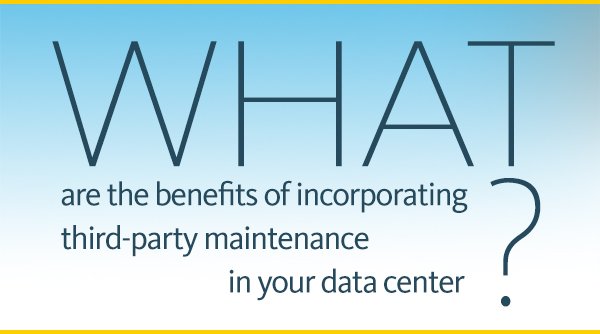Asia has been my home for 7 years. One of my favorite countries to visit in the region has got to be Japan.
Now, I work for a company whose forte is refurbishing pre-owned enterprise equipment. What we do is help organizations around the world achieve better value through how they procure and maintain their IT and network infrastructure.
In Japan, it seems like a pretty tall order to do what I do, because it’s a country that holds in high esteem its impeccable quality and craftsmanship, and believes in putting incredible attention to detail.
You know going in that’s a really high bar to reach. And when the bar’s set that high, traditionally, that means buying new equipment. You’d be right to think this conversation might seem like a challenge.
But I’ve found that this hasn’t really been true. And it’s the same reason why it’s common to see the Japanese commute in taxis that have been on the road for 20 years.
When you step into these “old” cabs, they look absolutely pristine. And it’s not just the superficial aspects of “quality” that puts passengers at ease. The vehicles not only look and feel brand new inside, they’re actually very well-maintained by the taxi companies.
So, while from the outside, there’s this perceived risk of commuting in a taxi that’s been around the block, the road-worthiness of these old cabs is actually top-notch.
I’m telling you this story, because I’m seeing similar attitudes in the way that CIOs view pre-owned and refurbished equipment. Much of this shift in attitude owes to the laser focus we put in ensuring our products (and services) are of the highest caliber.
And now, more than ever, I’m seeing increased chatter around what “quality” means.
What are the implications to what is pre-owned, and how do you maintain your IT infrastructure in a sustainable way? These are all questions that CIOs are very keen to ask.
Trends in data center procurement and support
To quantify this attitudinal shift, we recently partnered with Dimensional Research to conduct a global survey of more than 500 IT decision makers, where all participants had managerial or hands-on responsibilities for data center purchasing and support.
We wanted to understand the trends influencing companies in how they are procuring for and maintaining their data center environments.
The survey turned out to be quite an eye-opener.
We’re definitely seeing a shift in attitudes to alternative approaches to how the modern data center should be built and maintained. I think this is largely due to the fact that equipment buyers generally want greater flexibility and choice.
Here’s a quick snapshot of what we found:
Strong growth for pre-owned equipment and maintenance from 2015 and 2016
Of those surveyed, 92 percent use pre-owned equipment, third-party maintenance, or multi-vendor infrastructure in their data centers today. Breaking that down:
- 53 percent purchase pre-owned equipment
- 60 percent use third-party maintenance
- 85 percent have multi-vendor environments
Strong demand for flexibility and choice
- Third-party maintenance: 90 percent of those polled saw clear benefits in terms of lowered costs, reduced risks and increased flexibility while retaining vendor flexibility
- Multi-vendor data centers: 96 percent see advantages in optimized spending, reducing risk of vendor lock-in
New technologies that enable flexible architectures, and the global slowdown in IT spending, are definitely brewing the perfect storm in driving the increase in pre-owned equipment and maintenance alternatives.
The increased availability of options to purchase and manage are factors that help CIOs take into account the business value delivered and it’s having an impact on how companies think about how they build and maintain their data centers today.
Like the Japanese taxi companies, when you make decisions around equipment refresh, you should be assessing the useful life (of your current equipment) rather than “end of life” pronouncements from your vendors.
Where the issue of quality is concerned, it must never be dictated by some arbitrary lifecycle vendor document that says you need to upgrade.
The real questions you ask should be around the true quality and state of your equipment, and what are your options for maintaining existing equipment that’s still a fit for your business continuity.
After all, why spend more than you should when you don’t have to?
I encourage you to read the full report of the Dimensional Research study here. And hey, if you’ve got any questions, leave me a comment below.
——
If you enjoyed this blog post, you will also like:



